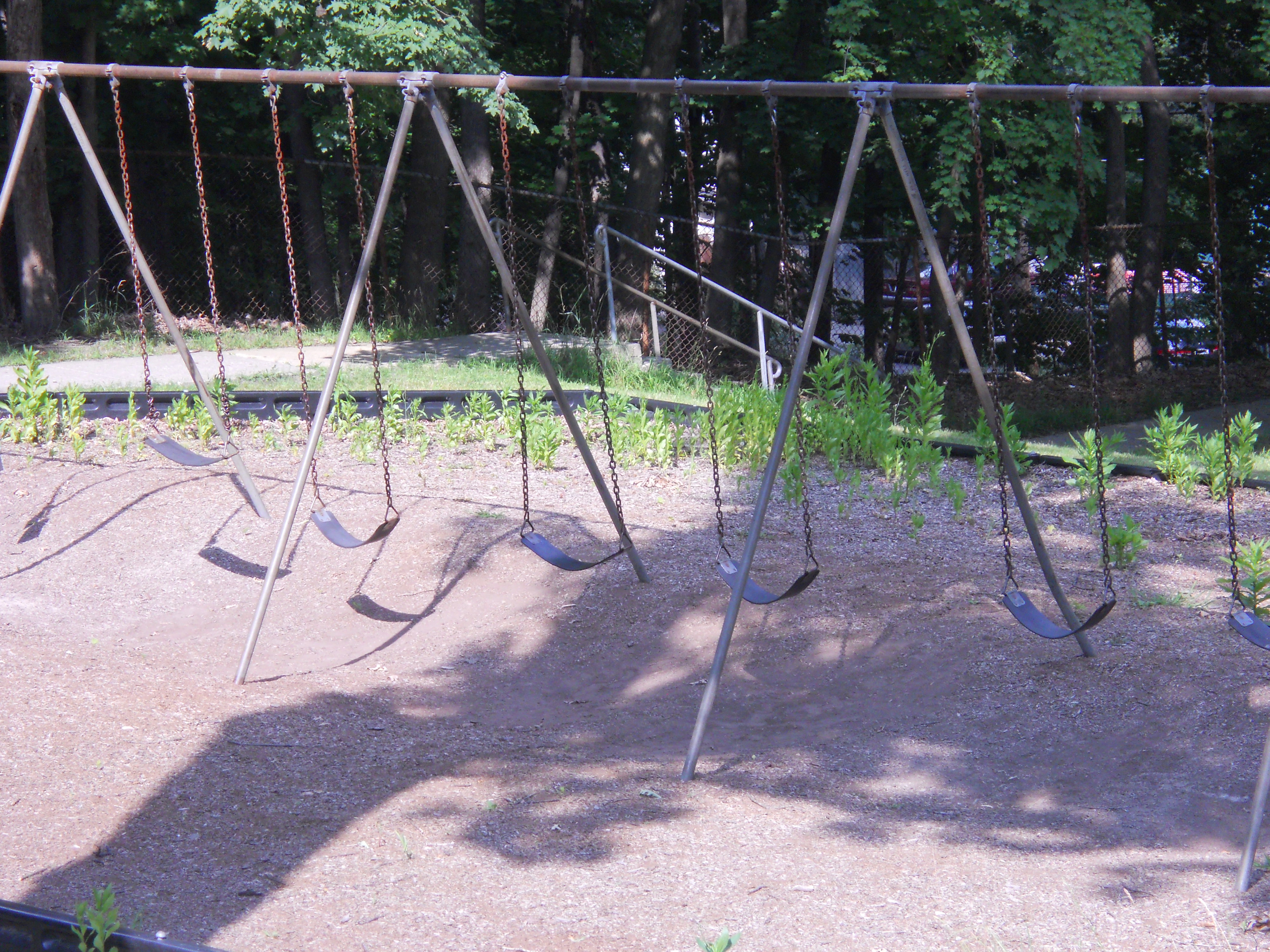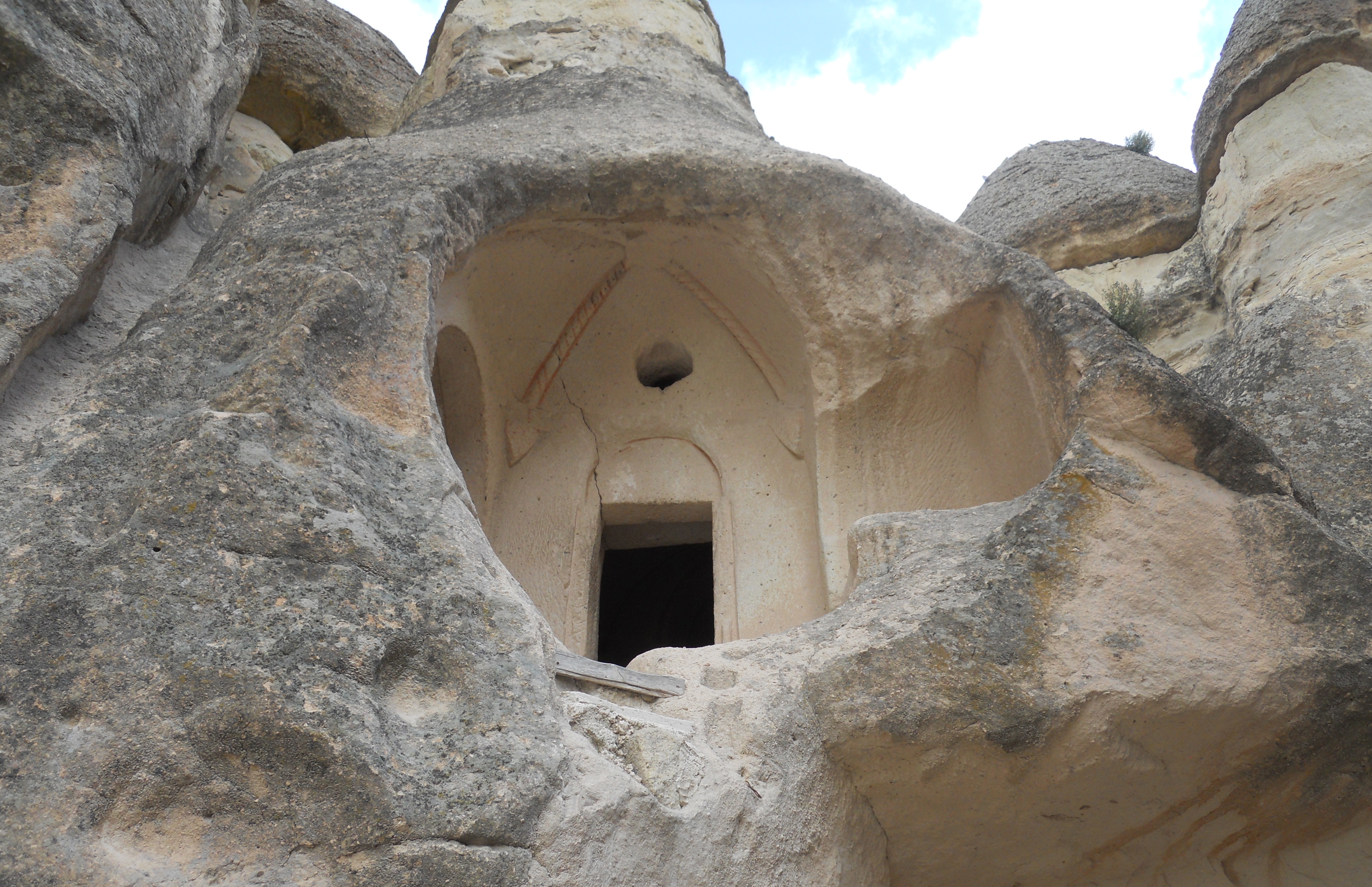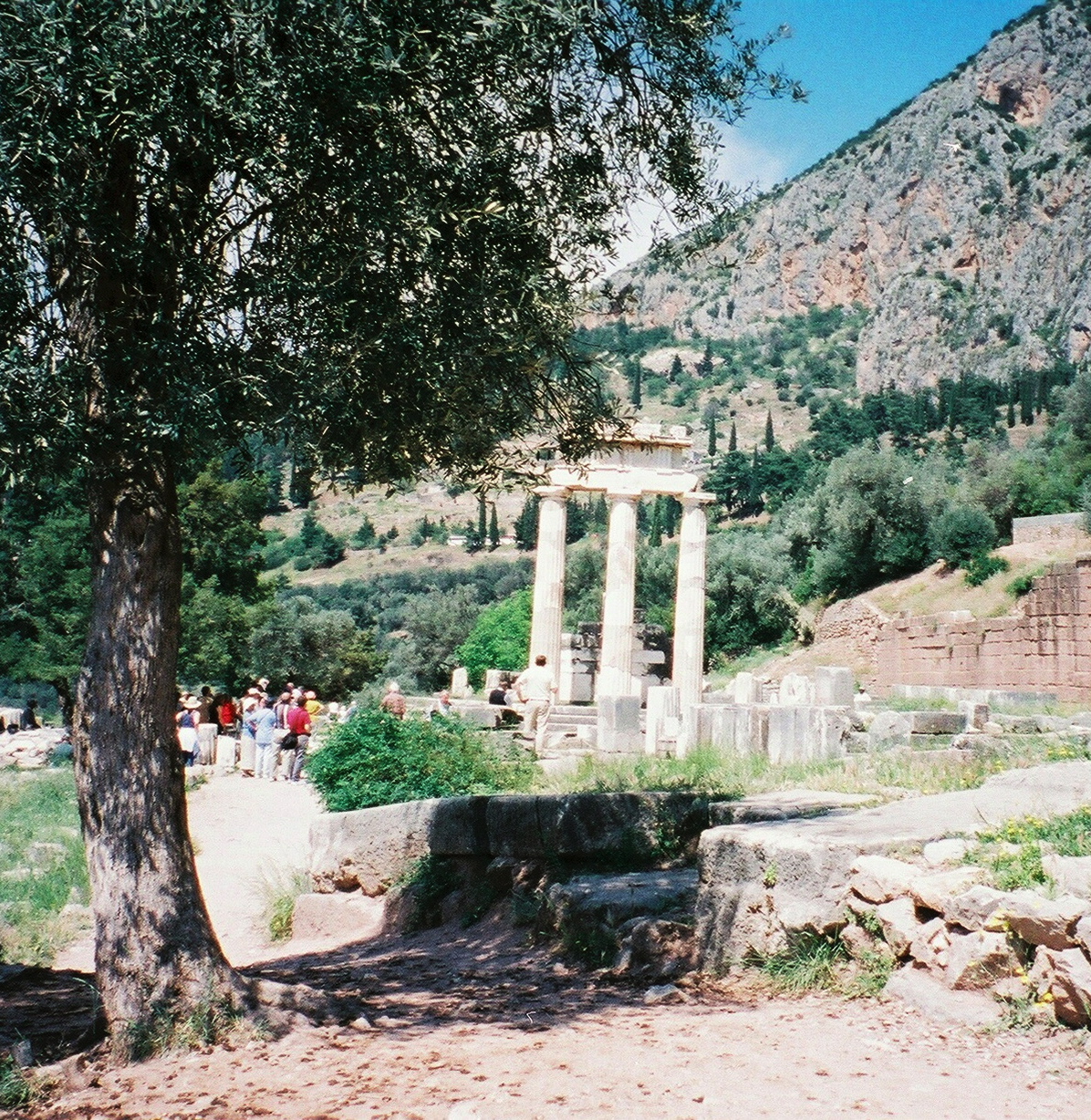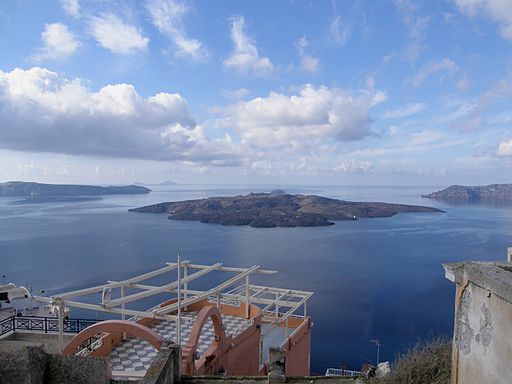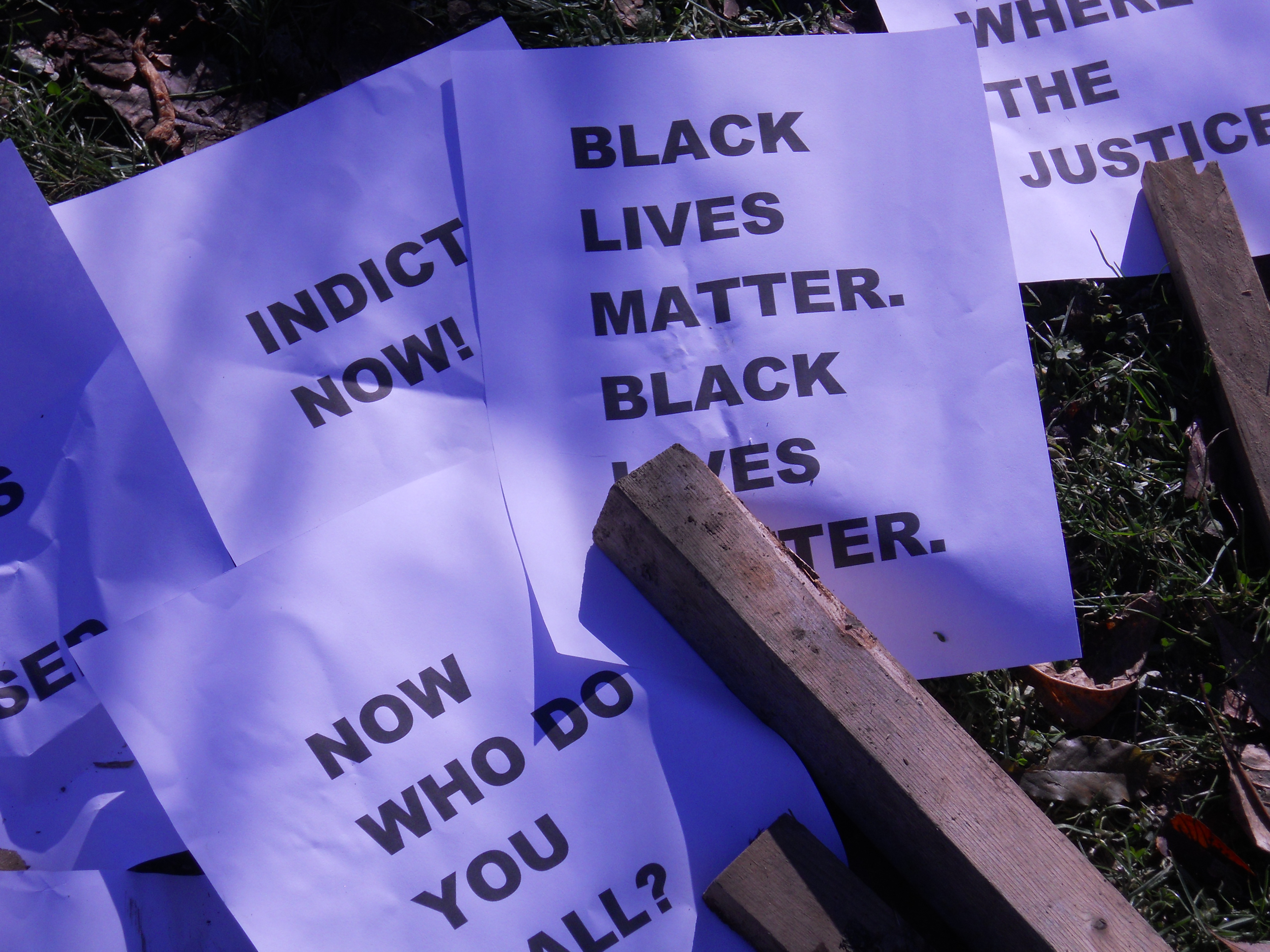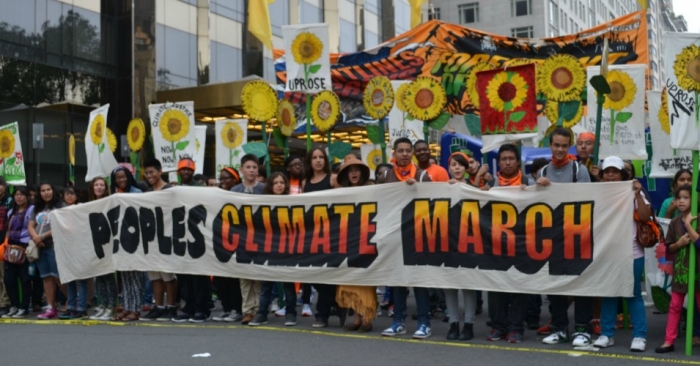Last week, teachers and administrators were given jail terms for fixing test scores. I think this crime pales before the gross lack of human caring, feeling, and worse carried out by politicians, with the support of corporate executives and hedge fund managers, who distort and overemphasize the meaning of standardized test scores while forcing their use in public schools throughout the U. S.. They force teachers, who know the exams cause needless suffering to students, to give them anyway. And to whom have these politicians been giving the power to judge how much students have learned, how well teachers have taught, and even who can become a teacher (and sometimes how a subject can be taught)? Corporations like Pearson Education, which is now being investigated by the FBI for various possible crimes including insider dealings with the Los Angeles Unified School District and Apple.
Diane Ravitch describes in her book Reign of Error how various corporate interests, working with individual politicians, have been leading an effort for years to undermine public schools. They have been working to undermine teachers, teacher unions, and the very concept that a public institution working for the general good, instead of a for-profit corporation, could manage and direct an educational system. The strategy calls for publicizing deceptive information to create a sense of a crisis in education so corporations can step in and save the day. For example, the A Nation At Risk report, produced by the Reagan administration in 1983, claimed public education was responsible for everything from a decline in academic achievement, college graduation rate, to the loss of manufacturing jobs. All later proved untrue. Academic achievement from 1975 to 1988 was actually improving, and not only for middle class white Americans. The divide in academic achievement between rich and poor was diminishing. In 2001, President Bush pushed the No Child Left Behind legislation. Since NCLB, the number of standardized tests given to our students was increased to the point where the US is now number one in the world in the number of tests we force on our children.
Should the politicians who have pushed this agenda be punished? There is no reliable evidence that standardized testing improves education. In fact, even years ago reliable evidence showed the opposite– students who graduate from schools that rely on such testing for assessment are less creative, less able to apply what they learn than students who go to schools who use more alternative assessments. These tests increase student suffering by teaching through fear. Students do not take these tests because of what they teach. They take them because they are threatened into doing so. The tests support inequity (see Fair Test) and narrow the range of what is taught. They serve no real diagnostic value, since they are in many cases “poorly designed” and the results are long delayed, often until after the school year has ended. By narrowing the range of what is taught they rob students of a well-rounded education. Yet, these tests are still pushed. Why?
What about New York Governor Andrew Cuomo? Cuomo has been pushing to increase how much scores on standardized tests will count in judging which teachers are given tenure. He wants test scores to count as one half of a teacher’s effectiveness score. To get this through the legislature, he proposed: “Pass that evaluation change, and school funding will go up 1.1 billion dollars…in the 2015-16 budget. Leave it out, and there will only be a $377 million increase…” Why do this? If Diane Ravitch is correct, he does it so he can turn schools over to entrepreneurs who can use them for financial gain. According to Hedge Clippers, Governor Cuomo’s campaign received “$4.8 million from hedge fund billionaires.”
The lack of empathy for how these policies affect students, teachers, parents and the communities that most of us live in, is appalling. Just imagine you’re a teacher. To teach well, where must your focus be? On your students, who they are, what they need educationally and as a total person. If you understand who the students are, you can shape educational methods to fit them. If you fear punishment, job or salary loss based on test scores, you will feel pressure to shift your concern to pleasing authorities and focusing on test scores. A student who does poorly on a test, or might do poorly on a test, becomes a threat. Only assessments that are authentic demonstrations of how much an individual’s skills and knowledge, in a particular course, grows in a school year unite the student, teacher and community’s interests together. High stakes tests must be de-emphasized in favor of assessments which come from the individual teacher and school, and must give immediate feedback so effective remediation, when needed, is possible.
Our public school children are being held hostage to the financial and political agendas of the few. Isn’t it about time to shift the focus back to the greater good of students and their communities?

